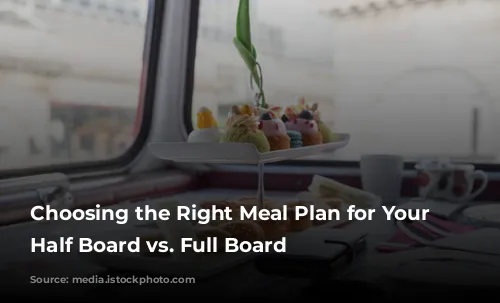Planning a trip often involves comparing different hotel packages, especially when it comes to meal options. Hotels offer a variety of choices, ranging from a simple breakfast-only plan to more comprehensive options like half board or full board. Confused about the differences? This article will explain the key features of these popular plans and provide insights into how hotels can use them to generate extra revenue.

A Brief History of “Board”
The concept of “board” in hotels dates back centuries. Early inns, the precursors to modern hotels, offered room and board, meaning a place to sleep and a meal. The term “board” likely originated from the actual wooden table used to serve food. While dining practices have evolved, hotels continue to offer “board” packages, a testament to their historical roots.
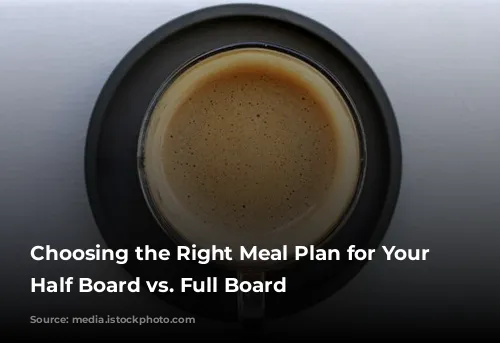
Why Do Hotels Offer Board Packages?
Hotels rely on board packages for two main reasons. First, they help hotels manage their operations and control costs. Second, they allow hotels to offer flexible and appealing choices to guests. For example, city hotels often prioritize room-only or bed and breakfast deals, while resorts may offer a wider range of options like half board, full board, and all-inclusive.

Half Board: The Perfect Balance
Half board includes two meals, typically breakfast and either lunch or dinner. Dinner is usually the preferred option, but many hotels are flexible and allow guests to switch to lunch if they prefer. Some hotels even offer take-out options for guests who are out and about during mealtimes.
Half board meals often come in the form of buffets. Alternatively, lunch and dinner may be served as a set menu with two options for each course. Drinks are typically included only with breakfast (e.g., coffee, tea, and juice). Guests usually pay for drinks separately during other meals or purchase a drinks package.
Who is half board suitable for? Guests who plan to be out during the day and return for dinner find it convenient. It’s also a good option if nearby restaurants are limited, or if you simply don’t want to search for a new place to eat every night. Half board is also a sensible choice for guests with smaller appetites who might not need a full three meals. However, if they do decide to enjoy an extra meal, they might encounter higher prices.

Maximizing Revenue with Half Board
Hotels can use half board to their advantage by offering flexibility. For instance, you can create a snack menu for guests who crave a light bite in the afternoon but don’t want a full meal. This is an excellent way to increase your revenue while catering to your guests’ needs. You could also consider offering various drinks packages to accompany meals, such as soft drinks, light alcoholic beverages, or cocktails.
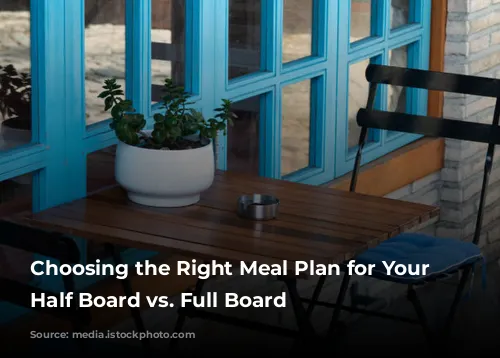
Full Board: A Comprehensive Approach
Full board covers all three main meals: breakfast, lunch, and dinner. These meals are usually served as buffets. If a hotel boasts multiple restaurants, they may not be included in the full board package, or guests might have to pay extra for a la carte dining. As with half board, drinks are typically included only with breakfast. Lunch and dinner may sometimes include one beverage. Otherwise, drinks are a la carte or available in packages. For guests on day trips, consider offering a packed meal as a courtesy service.
Who is full board suitable for? Full board is ideal for leisure travelers who prefer to stay and relax at the hotel throughout the day. Mid-range to upscale beach hotels and secluded resorts frequently offer this option. Knowing that meals are covered and additional costs are minimal (usually only drinks) is a significant benefit for guests. However, they run the risk of paying for unused meals if they don’t want to eat every day.

Full Board Flexibility and Revenue Opportunities
To maximize flexibility, allow guests to take meals to go or transfer meal credit to your specialty restaurants. If drinks are not included in the full board package, consider offering beverage packages to boost revenue.
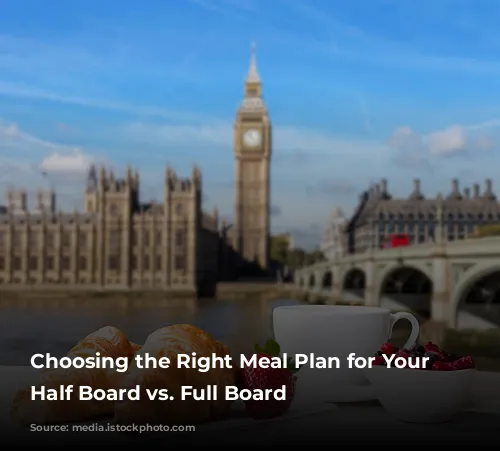
All-Inclusive: All Your Needs Covered
All-inclusive is exactly what it sounds like: it covers all meals and drinks throughout the day. This typically includes the main buffet restaurant, specialty venues, snack bars, room service, and more. Travelers sometimes confuse all-inclusive with full board, so ensure that you clearly communicate the included elements when promoting your offers.
Who is all-inclusive suitable for? All-inclusive packages appeal to guests who plan to spend most of their time at the resort and enjoy its facilities. The benefits are clear: guests know the total cost upfront, and there are minimal additional expenses. They can indulge in all dining options without worrying about extra fees.
However, depending on the package, guests might face some disadvantages. For example, if the package includes alcoholic beverages but guests rarely drink, they’ll pay for unused services. As a hotel, offering a variety of drink options with fair and transparent pricing can enhance guest satisfaction and add value to their stay.
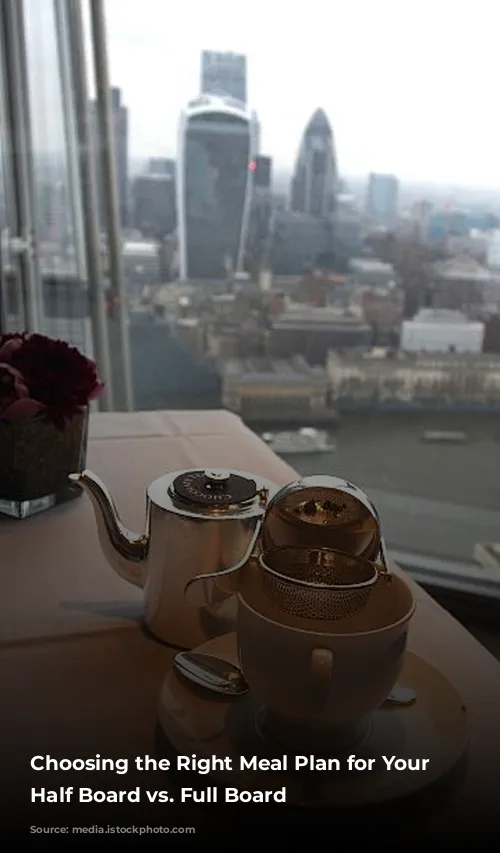
Expanding Board Package Appeal
While board packages traditionally cater to leisure travelers, they can also be attractive to business travelers. Consider offering half board or full board options for guests attending multi-day events held at your hotel. Dining or add-on beverage packages are excellent opportunities for upselling. Make these options bookable via an upselling platform or allow guests to opt in during check-in. Certain seasons are particularly conducive to selling board packages, such as Christmas, New Year’s, or Valentine’s Day weekend. This is a great way to encourage guests to extend their stays (and spending) at your hotel while providing exceptional service and enhancing their experience.

Making Board Packages Accessible
Make it easy for guests to find and compare your board packages. Utilize filters on your website and sourcing channels like the Cvent Supplier Network™. Provide a clear explanation of what is included in each package and what is not. This will save guests time, increase their likelihood of booking, and prevent any unpleasant surprises.

Conclusion
Understanding the nuances of half board versus full board is essential for making informed decisions about your hotel package choices. By considering your travel style and preferences, you can select the meal plan that best fits your needs and budget. As hotels continue to innovate and adapt, these board packages will continue to play a crucial role in shaping the guest experience, offering flexibility, and driving revenue.

